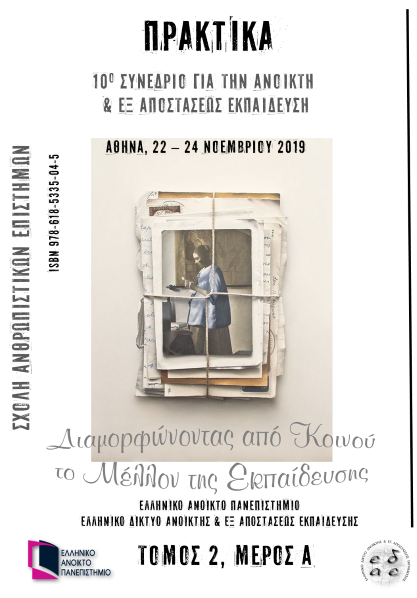Designing Infographics in a Higher Education context: content and aesthetics in a timeline layout
Περίληψη
Infographics as data visualization practices, illustrate information creating a visual narrative, challenging students to visually communicate ideas and develop respective digital skills. Visual communication literature acknowledges appearance and explanation as important attributes of information graphics; however little research has been conducted so as to determine how these properties function. This paper aims to address criteria for the efficacy of infographics: an evaluation rubric has been used to examine appearance and explanation based on aesthetic and content values. Twelve (12) timeline infographics have been collected from Higher Education students who produced their digital artifacts in the context of the Module ‘Design and development of Educational Material and Digital Media’ which is a Thematic Unit of Masters Program ‘Language Education for Refugees and Migrants’ of the Hellenic Open University (HOU). Analyzed data revealed characteristics of timeline infographics regarding functionality and esthetics.
Λεπτομέρειες άρθρου
- Τεύχος
- Τόμ. 10 Αρ. 2Α (2019)
- Ενότητα
- Άρθρα



